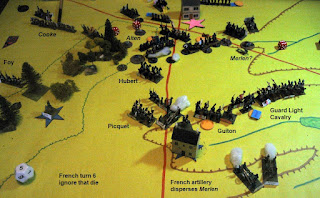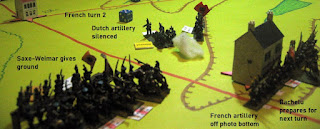Many famous Civil War generals stumbled early in their careers, learning lessons the hard way. Robert E. Lee’s 1861 campaign in West Virginia is one. His hair hadn’t yet gone all grey. His travails in this campaign may have hastened the change, for he was all grey by 1862.
All internet images have been removed from this post, sorry.
Secessionist sentiment was
strongest in areas with large plantations, where the enslaved human property were the majority of the population. The small farmers of the West Virginia mountains weren’t
in such a place. Many didn’t see why it was necessary to leave the Union. The
locals were pro-Union or at least lukewarm about secession. Also, the
Confederate command was divided. The Kanawha Valley command was spilt between
two politicians turned amateur generals, John Floyd and Henry Wise.
Floyd had ample reason to fear
being tried for treason if captured. As Secretary of War under the Buchanan
administration before Lincoln, he was accused of shipping weapons and munitions
down south, and splitting army units there into small detachments, the easier
for Confederate militias to snap up when the crisis came to a head. He had also
left office under a financial cloud. To round off the package, he lacked both military
skill and bravery. In 1862 he would be defeated by U. S. Grant before
abandoning his troops.
Henry Wise had been governor
of Virginia (as had Floyd before him) and now shared command with Floyd. Wise
was no great military leader. After the West Virginia campaign his forces were
defeated on the North Carolina coast by Ambrose Burnside in 1862. He would in
time improve into a middling quality brigade commander. Wise and Floyd despised
each other, minimizing the chances of them effectively combining their forces.
In overall charge was Robert
E. Lee, who had difficulty getting his fractious subordinates to work with each
other or to follow his orders. Compounding this was the hostility of the local
population, who instead often aided Union troops with information about roads
and enemy movements.
The Kanawha campaign saw a
bunch of amateurs stumble around leading green troops. Confusion reigned and
casualties were low, unlike what were then considered heavy losses at Bull Run.
The Union troops were led by
George McClellan, who had charge of his entire department and didn’t have to
fight a rival from his own side. Union troops slowly prevailed as a result.
McClellan had some success, in
large part due to his subordinate William Rosecrans. Little Mac was sent to
Washington to command the Army of the Potomac, lately routed at Bull Run.
Rosecrans replaced him in command in West Virginia.
After much frustration Lee
finally got troops together for an attack. Like most commanders in 1861, he
drew up a very complex plan. It involved six columns to drive the Union from
Cheat Mountain. Amazingly, all the columns got into place as ordered. This
would be a feat in the age of radios. The battle was supposed to start when the
lead brigade attacked. In the rugged and wooded terrain, the lead brigadier didn’t
see that the others were in place. Facing a strong position and feeling isolated,
he got cold feet and didn’t attack. The other five columns waited for him to
start. And waited. That and some skirmishing was the “Battle” of Cheat
Mountain.
After more indecisive mucking around, Lee was recalled to Richmond. West Virginia went firmly into the Union camp. Loudly tooting his own horn, George McClellan decided that he was a military genius and Confederate inactivity was due to Lee’s caution. He continued to believe the latter until Lee proved otherwise in front of Richmond in 1862. The “Young Napoleon’s” faith in his own genius remained, despite all evidence to the contrary.
Lee had been bested by the
hostile local population, poor supply, unruly subordinates, his own overly
complex plans and the Union army. Confederate troops called him “Retreating
Lee”. His next task was overseeing the building of fortifications along the
southern coast. Resenting hard labor deemed work for slaves, enlisted men
working on the forts called him “the King of Spades”. As his hair went grey,
they added “Granny Lee”. In 1862, Joe Johnston was badly wounded in front of
Richmond; Davis gave command of the army to Lee, who had learned much from his
sojourn in the Kanawha Valley. Soon, the uncomplimentary epithets ceased.
I have a vague idea of
writing about the debut of some other Civil War generals. There may be a follow
up, there may not.










































